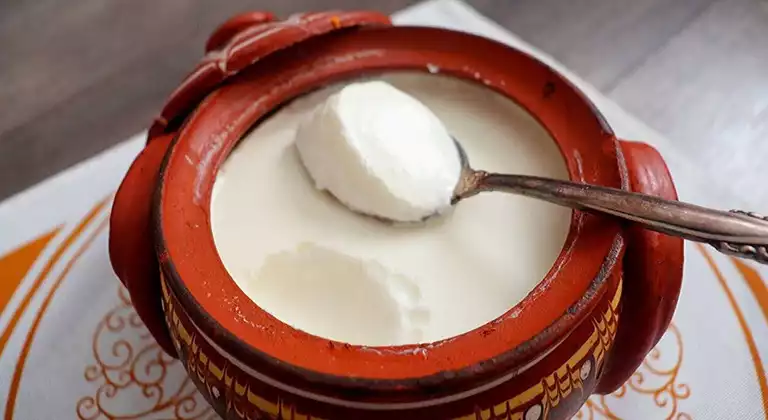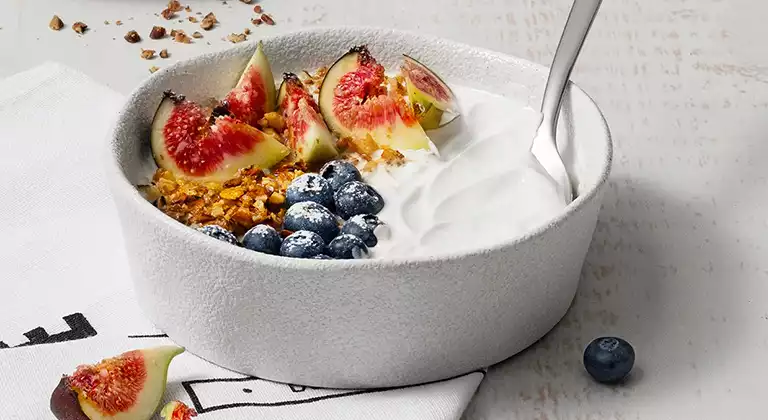Yogurt is a nutritious food formed by fermented milk with probiotics. It will have an unpleasant characteristic without using thickening agent: the casein curdles together to form precipitates; the whey dissolves in the exuded water to form a pale yellow liquid, which looks like a spoiled food. This undesirable appearance will make customers disappointed. Therefore, edible gelatin is added to yogurt to increase its viscosity and change the gel structure of casein to prevent curdling and whey separation.

Gelatin for Direct-set yogurt
This type of yogurt is made of fermented milk in its package container directly, and it has never been stirred before you eat it. The edible gelatin is added as a gelling agent to give its a solid shape. When the curdled milk is refrigerated in freezer, gelatin and casein are connected to each other to form a continuous, fairly homogeneous gel network. Water and whey molecules are confined in the meshes and can't move freely. The solidified gelatin gives it a smooth surface, elastic mouthfeel and property of melting in the mouth. It not only stops the whey exudation, but also prevents the curdled casein from being broken by mechanical vibration during storage and transportation.

Gelatin for Stirred yogurt
After fermentation, this type of yogurt is stirred evenly before being put into containers and various fruit pieces are usually added. After long-term storage, the evenly mixed yogurt will show properties of decreased viscosity and whey exudation. A little of gelatin is used as thickener and it binds water, milk and fruits together to create a soft semi-solid state. The edible gelatin gives curdled milk a silky and delicate taste, rather than a water-like liquid.